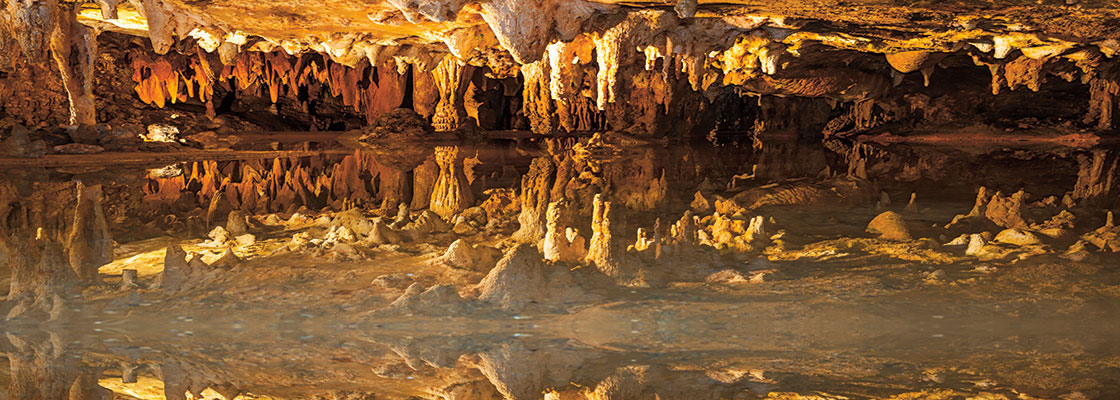Last July, the world watched in suspense and amazement as 12 boys and their soccer coach were rescued from a flooded cave in Thailand. The Wild Boars, as the boys’ soccer team is called, had been exploring the cave when a heavy rainstorm hit, filling the cave’s entrance with water and trapping the group underground. It took 10 days for rescuers to locate the shivering and starving boys—and 8 more days to get them out.
Some 10,000 people participated in the dangerous and complicated rescue mission, including 200 expert divers—one of whom died during the rescue efforts. But finally, nearly three weeks after the Wild Boars entered the cave, every boy and the coach had been brought to safety. Though the team survived, the story is a powerful reminder of how treacherous cave exploration can be.


